Plantin®
字体介绍:
1913年,英国Monotype公司的经理Frank Hinman Pierpont主导了对Plantin的复刻。根据位于安特卫普的Plantin-Moretus博物馆中来自16世纪的样本,特别是Robert Granjon的一款刻字和一款连笔意大利斜体, Plantin字体才被构思出来的。Plantin是为了用于国际出版市场的机械排字工作而绘制。
Plantin以及启发它的历史模型都是具有法国风格的老式字体,但是其x字高比Claude Garamond的作品要大。Plantin将继续影响另一种Monotype的设计,Times New Roman。Stanley Morison和Victor Larent在造字时以Plantin作为参考。
和Garamond一样,Plantin字体非常清晰可辨,给人一种经典优雅的感觉。Plantin确实是一款非常随和的字体。字母的笔画和衬线造型牢固,使字体的整体外观比以往更强; 没有细窄部分保证了其在铜版纸上的良好效果;另外,字母结构紧凑且不需要改变大小,使Plantin成为使用中最经济的字体之一。简而言之,它本质上是一款通用字体,非常适用于期刊或碎件印刷,且在许多书籍和杂志出版中非常有效。尤其对Plantin的粗体字重做了优化,以提供充分的对比:通过对衬线进行轻微的锐化来避免了笨重。
Plantin is a family of text typefaces created by Monotype in 1913. Their namesake, Christophe Plantin (Christoffel Plantijn in Dutch), was born in France during the year 1520. In 1549, he moved to Antwerp, located in present-day Belgium. There he began printing in 1555. For a brief time, he also worked at the University of Leiden, in the Netherlands. Typefaces used in Christophe Plantin's books inspired future typographic developments.
In 1913, the English Monotype Corporation's manager Frank Hinman Pierpont directed the Plantin revival. Based on 16th century specimens from the Plantin-Moretus Museum in Antwerp, specifically a type cut by Robert Granjon and a separate cursive Italic, the Plantin" typeface was conceived. Plantin was drawn for use in mechanical typesetting on the international publishing markets.
Plantin, and the historical models that inspired it, are old-style typefaces in the French manner, but with x-height that are larger than those found in Claude Garamond's work. Plantin would go on to influence another Monotype design, Times New Roman. Stanley Morison and Victor Larent used Plantin as a reference during that typeface's cutting.
Like Garamond, Plantin is exceptionally legible and makes a classic, elegant impression. Plantin is indeed a remarkably accommodating type face. The firm modelling of the strokes and the serifs in the letters make the mass appearance stronger than usual; the absence of thin elements ensures a good result on coated papers; and the compact structure of the letters, without loss of size makes Plantin one of the economical faces in use. In short, it is essentially an all-purpose face, excellent for periodical or jobbing work, and very effective in many sorts of book and magazine publishing. Plantin's Bold weight was especially optimized to provide ample contrast: bulkiness was avoided by introducing a slight sharpening to the serifs' forms."

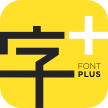











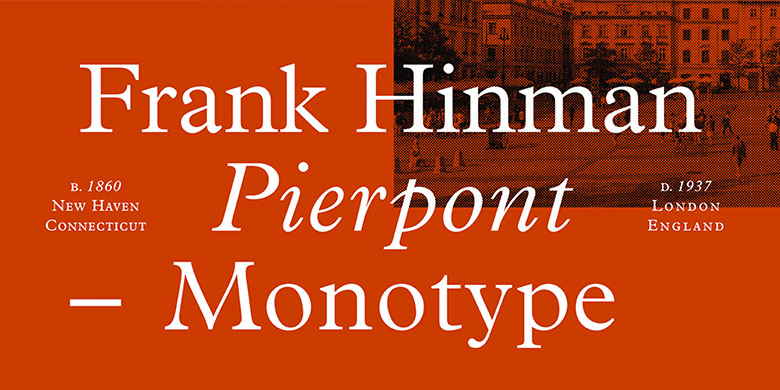
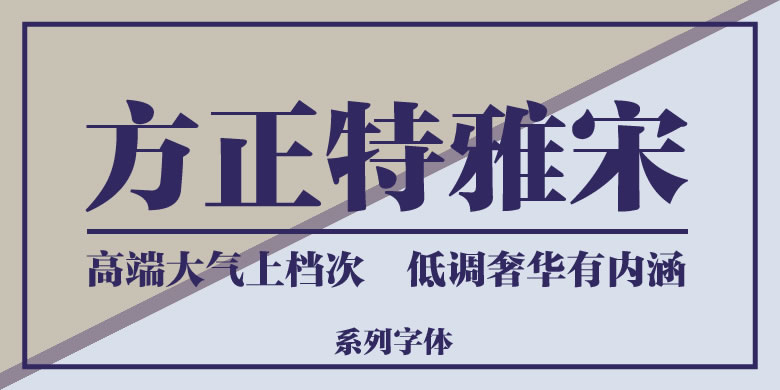

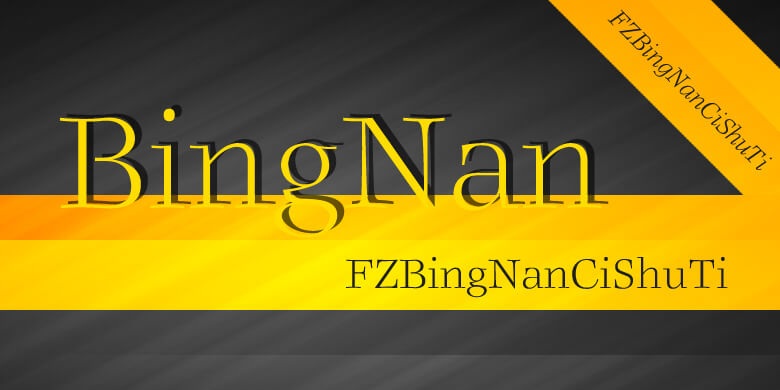
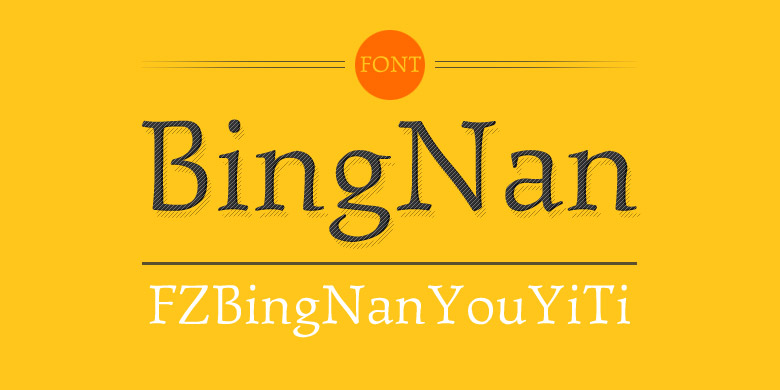



 商业发布授权
商业发布授权
 出版物授权:针对出版物
出版物授权:针对出版物
 嵌入式应用授权
嵌入式应用授权






